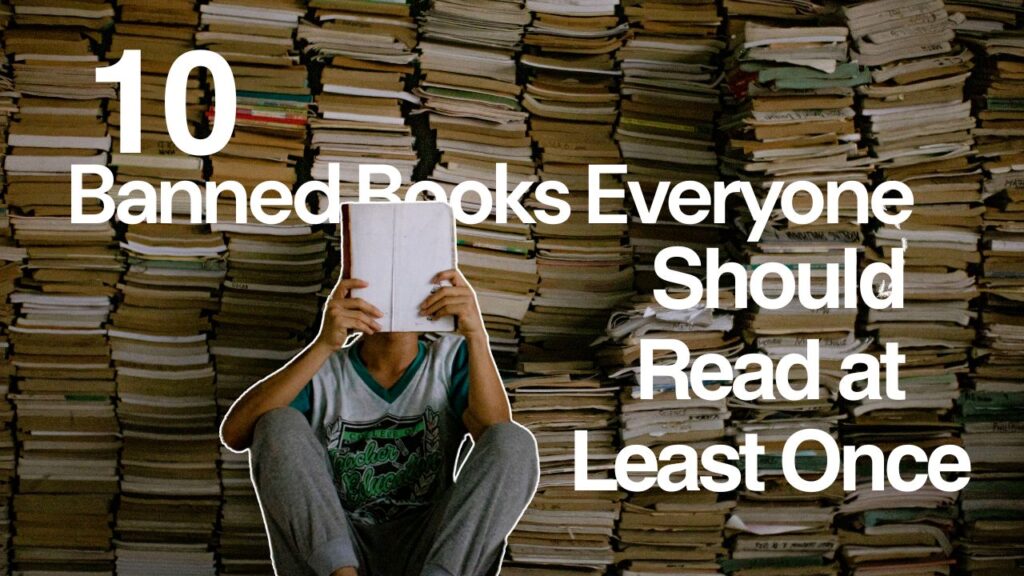10 Banned Books Everyone Should Read at Least Once
Books have always challenged silence. They question comfort, confront injustice, and remind us who we are when the world grows quiet. Many of the books most often banned are the ones that reveal difficult truths — about race, love, power, or freedom.
Yet these are the very stories that shape our understanding of humanity.
Here are ten banned books that every reader should experience at least once in life — not just for their controversy, but for the lessons they continue to teach.
1. All Boys Aren’t Blue by George M. Johnson
This heartfelt memoir explores what it means to grow up Black and queer in America. Johnson’s honesty about identity, family, and self-acceptance breaks barriers that silence too many young voices.
📖 Why read it once: Because it teaches courage. It reminds readers that authenticity is strength, and that telling your story — even when it’s uncomfortable — can heal generations.
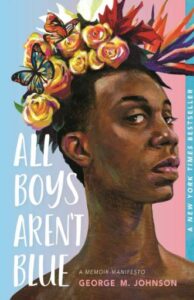
2. Nineteen Minutes by Jodi Picoult
Through the lens of a tragic school shooting, Picoult explores bullying, alienation, and the power of empathy in a fractured world.
📖 Why read it once: Because it asks us to look closer at cruelty and compassion. This book shows how understanding pain — even the pain of others — can be the first step toward preventing it.
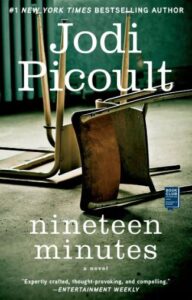
3. The House on Mango Street by Sandra Cisneros
Told through the eyes of Esperanza, a young Latina girl in Chicago, this lyrical novel captures the struggle between where we come from and who we hope to become.
📖 Why read it once: Because it celebrates voice. It reminds us that everyone’s story, no matter how small or ordinary, carries beauty, power, and belonging.
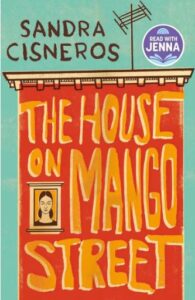
4. Beloved by Toni Morrison
A mother haunted by her past. A history that refuses to stay buried. Morrison’s novel confronts the lasting wounds of slavery and the weight of memory with unmatched grace.
📖 Why read it once: Because it teaches remembrance. Beloved asks us not to turn away from pain but to face it — and through that courage, to reclaim our humanity.
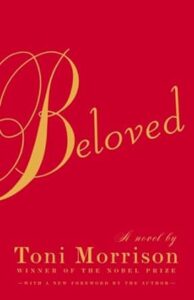
5. Homegoing by Yaa Gyasi
This sweeping family saga follows two sisters separated by slavery and the generations that inherit their history. Gyasi’s storytelling bridges continents, centuries, and the unspoken grief of the African diaspora.
📖 Why read it once: Because it teaches connection. It shows how history shapes who we are — and how understanding our shared past is the first step toward healing it.

6. A Time to Kill by John Grisham
Set in Mississippi, this courtroom drama explores racial violence, vengeance, and the weight of justice. Grisham’s story forces readers to question where morality ends and humanity begins.
📖 Why read it once: Because it demands empathy. It challenges us to see beyond the law and into the hearts of people — flawed, hurting, and searching for fairness in an unjust world.
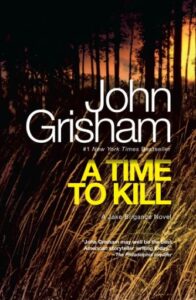
7. Lolita by Vladimir Nabokov
Nabokov’s unsettling masterpiece tells the story of obsession and manipulation through a narrator both brilliant and monstrous. It’s a disturbing yet dazzling exploration of language and morality.
📖 Why read it once: Because it reveals the complexity of truth. Lolita teaches us to question the stories we’re told — and to recognize how beauty can disguise cruelty.

8. The Rabbits’ Wedding by Garth Williams
A tender children’s book about two rabbits, one black and one white, who fall in love. Once banned in the American South for promoting “integration,” it now stands as a quiet symbol of innocence and unity.
📖 Why read it once: Because it reminds us that love is pure. It teaches children and adults alike that compassion has no color and that kindness is the most radical act of all.

9. The Handmaid’s Tale by Margaret Atwood
In a dystopian society where women’s bodies are controlled by the state, Atwood paints a chilling portrait of power, fear, and resistance.
📖 Why read it once: Because it’s a warning. It reminds us that freedom is fragile — and that silence in the face of injustice allows oppression to thrive.
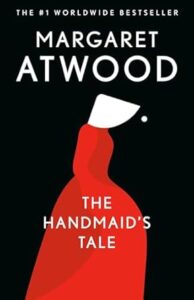
10. His Dark Materials by Philip Pullman
Pullman’s trilogy mixes fantasy with philosophy as two young heroes journey through worlds to uncover the meaning of existence, faith, and freedom.
📖 Why read it once: Because it teaches curiosity. It shows readers — young and old — that questioning authority is not rebellion, but growth, and that knowledge is its own kind of magic.

Conclusion: The Freedom to Read
Banned books survive because readers keep turning their pages. Each one challenges fear, prejudice, or silence in a unique way.
To read them is to choose awareness over ignorance, empathy over indifference, and truth over comfort.
📚 Read them at least once — not because they were banned, but because they dare to tell the stories that shape us all.

